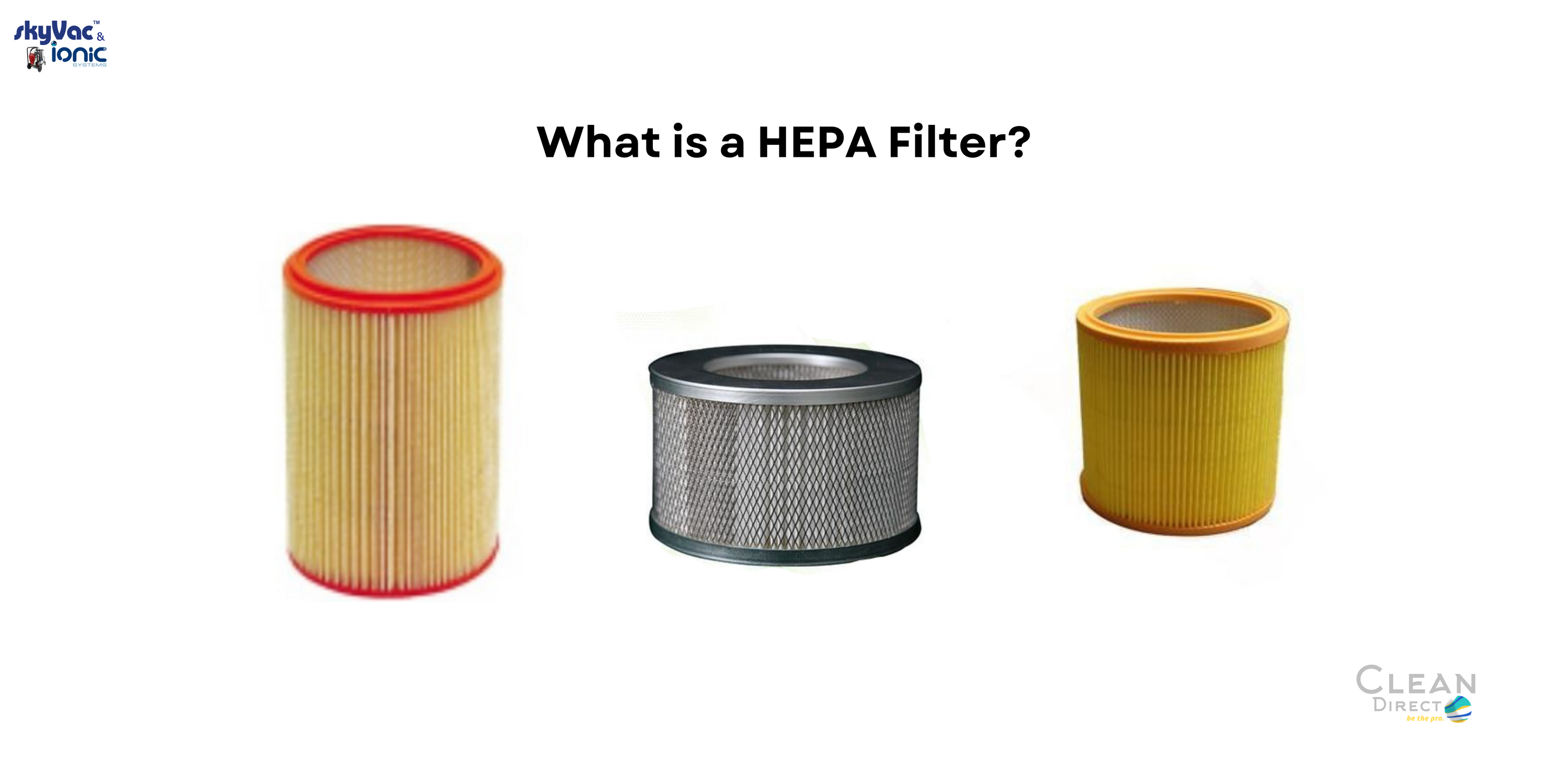
What is a HEPA Filter? | Different Levels of HEPA Filters
1. What exactly are HEPA filters, and how do they differ from one another?
HEPA stands for High-Efficiency Particulate Air. HEPA filters catch really tiny particles, as small as 0.3 micrometers. They're used in air purifiers, vacuum cleaners, and HVAC systems to get rid of things like allergens, dust, and pet dander, making the air cleaner and healthier. They come in different types:
- HEPA-Type (Grade E)
- True HEPA (Grade H)
- Absolute HEPA (Grade A)
- Ultra-HEPA (Grade U)
2. What are the different grades of filtration?
For HEPA filters, the grades are:
- HEPA-Type (Grade E): About 99% efficiency.
- True HEPA (Grade H): 99.97% efficiency.
- Absolute HEPA (Grade A): 99.99% efficiency or more.
- Ultra-HEPA (Grade U): More than 99.999% efficiency.
2. How do HEPA filters work?
HEPA filters don't work in stages like some other filters. Instead, they are put into different levels based on how good they are at catching particles. The levels (HEPA-Type, True HEPA, Absolute HEPA, and Ultra-HEPA) show how well the filter works.
Levels of HEPA Filtration:
-
HEPA-Type Filters (Grade E): These filters catch about 99% of particles. They are cost-effective and work well for everyday use, like in affordable air purifiers and vacuum cleaners. Think of them as the reliable team members suitable for common spaces.
-
True HEPA Filters (Grade H): Standard in many places, these filters capture 99.97% of tiny particles. They are the go-to choice for homes and businesses, ensuring the air is clean and healthy. True HEPA filters are like the dependable players in the indoor air quality game.
-
Absolute HEPA Filters (Grade A): These filters are top-notch, trapping 99.99% or more of particles. They shine in places where the air must be super clean, such as hospitals. Absolute HEPA filters are the specialists, maintaining purity in critical environments.
-
Ultra-HEPA Filters (Grade U): Going above and beyond, these filters boast an efficiency of more than 99.999%. Found in special places like labs, they ensure the air is exceptionally pure. Ultra-HEPA filters are the experts, providing an extra level of cleanliness.
Choosing the Right Grade:
For everyday use at home, True HEPA (Grade H) is usually enough. But for places like hospitals or labs, go for Absolute HEPA (Grade A) or Ultra-HEPA (Grade U). If you need help choosing your Filter, please contact us here.
HEPA filters:
SkyVac®️ Vacuum Head Filter
IPC Eagle Critical HEPA Cartridge
IPC Eagle Vacuum Accessories HEPA Filter Cartridge - FTDP28843
IPC Eagle HEPA Filter Cartridge, 3 Flow Models
IPC Eagle Cartridge Filter HEPA Wet/Dry Models
PrestiVac Replacement Filters for EV1 RCT HEPA Division 1 Models
→ FOLLOW US!
Share



















































































